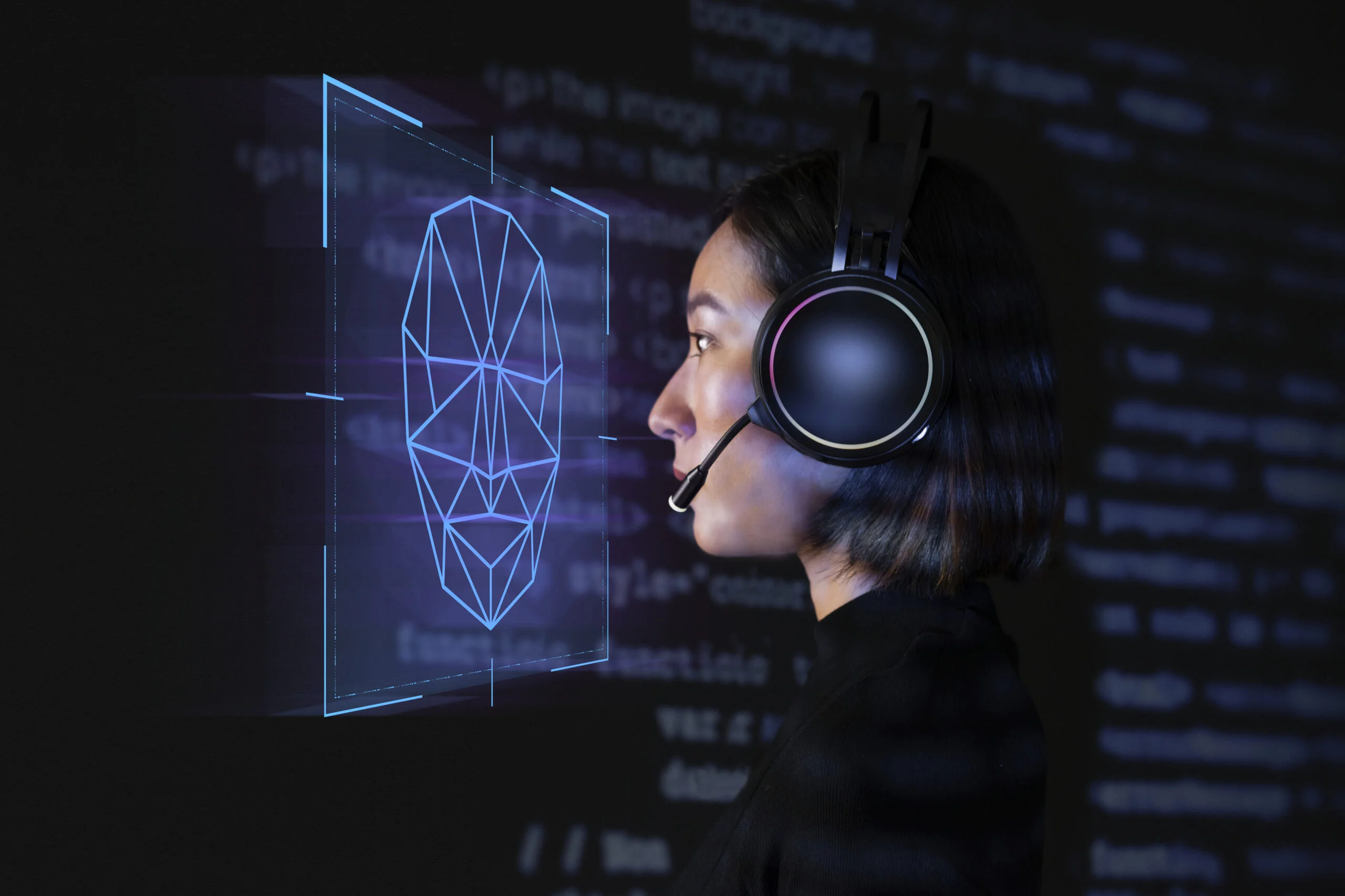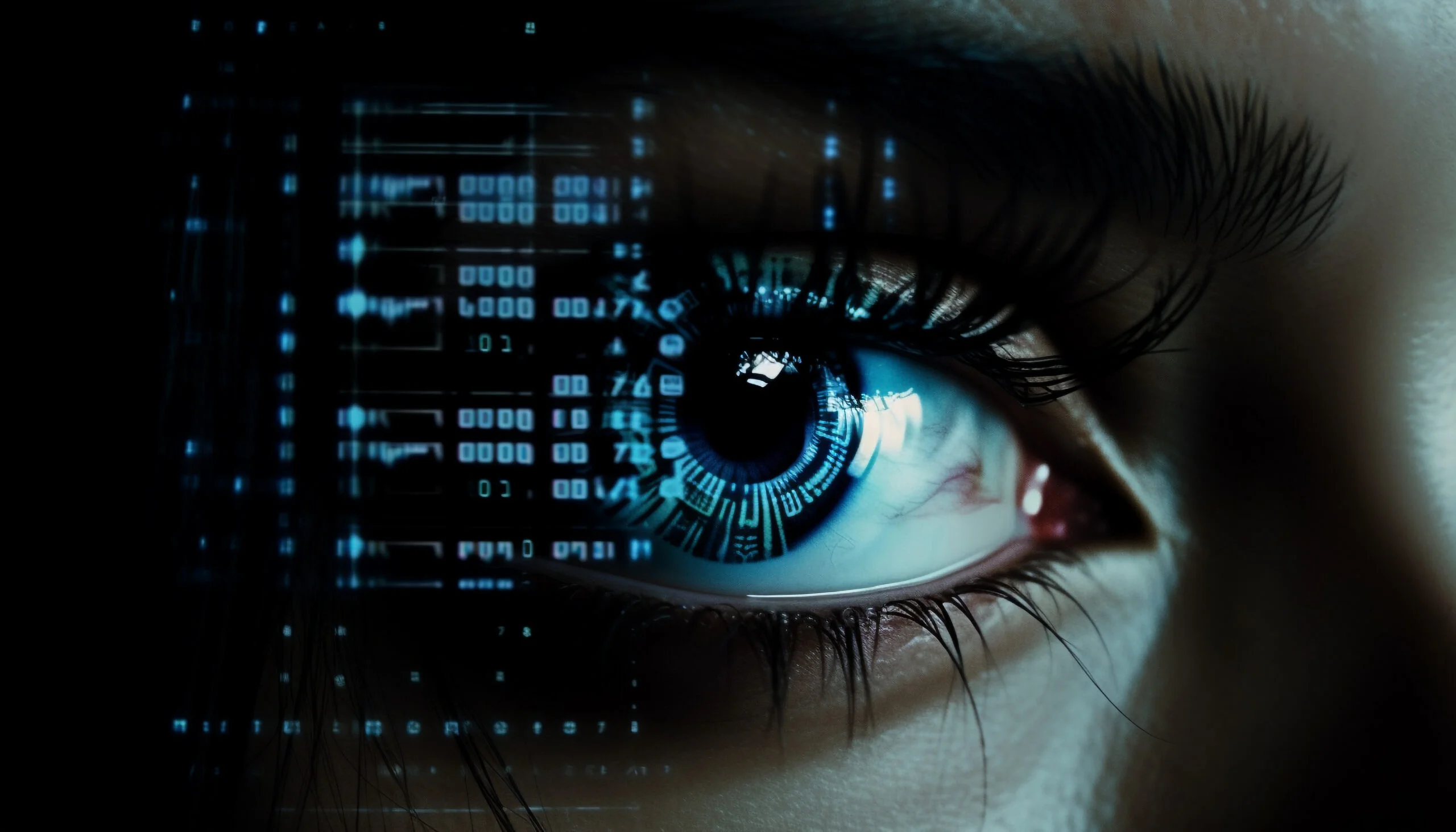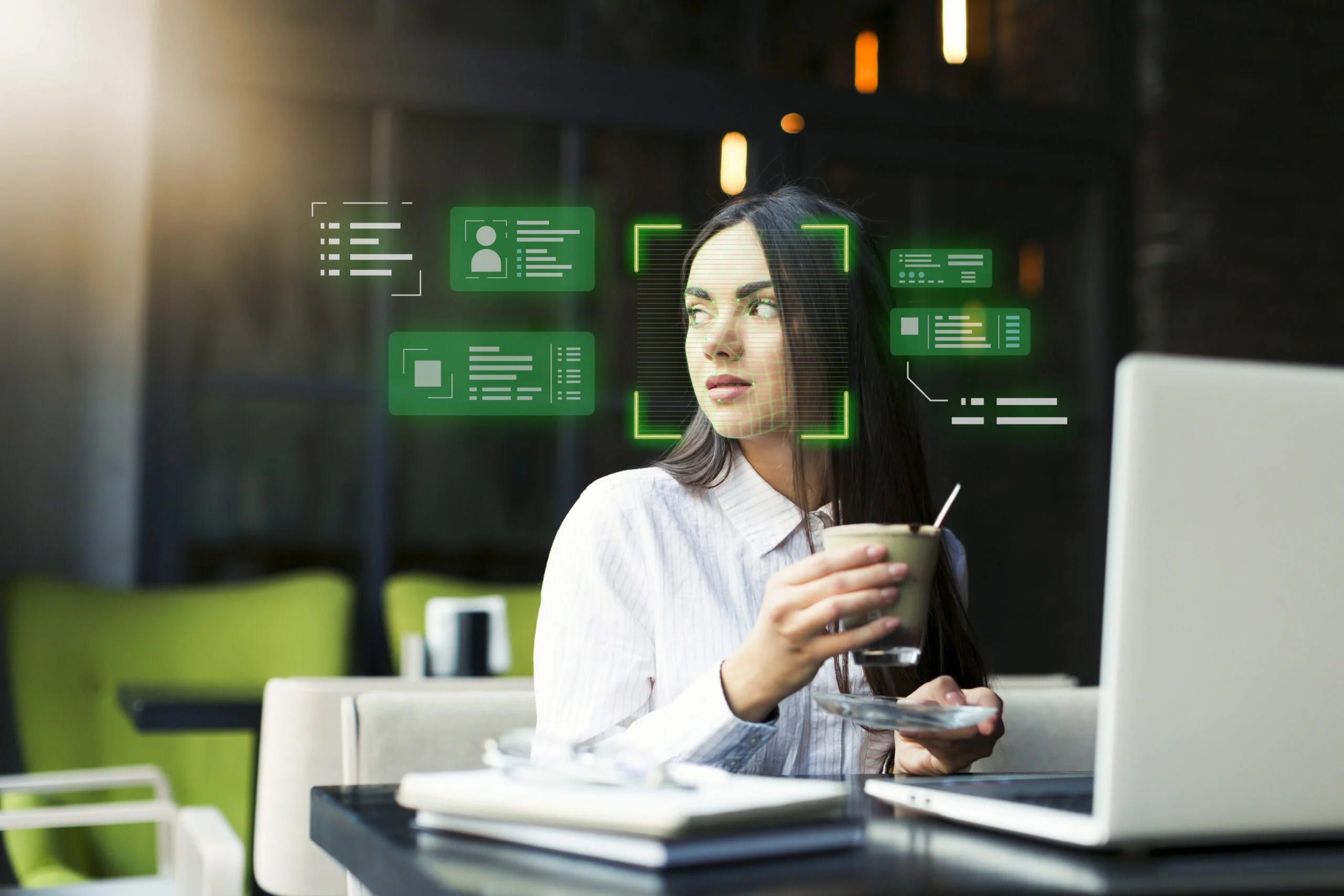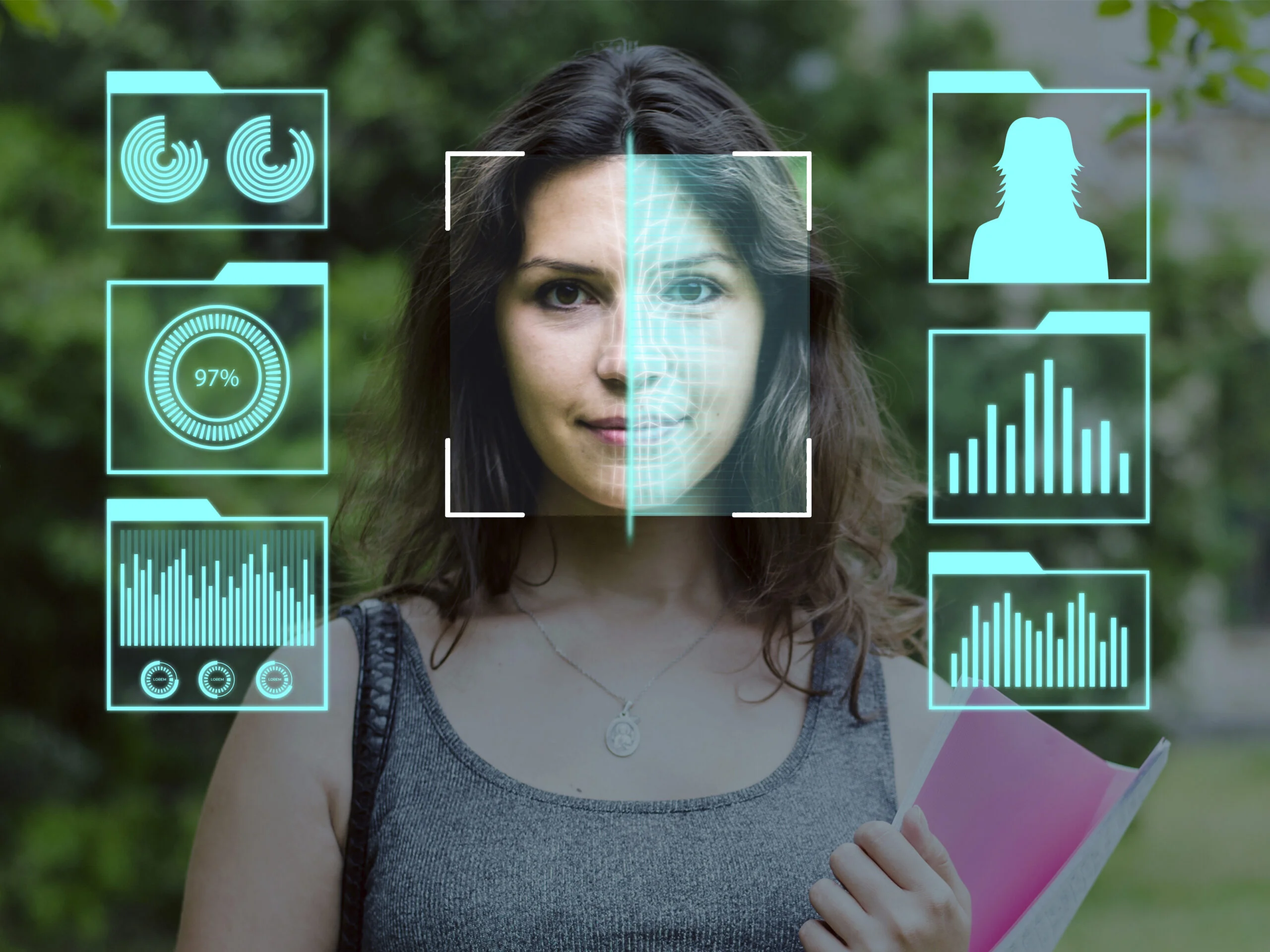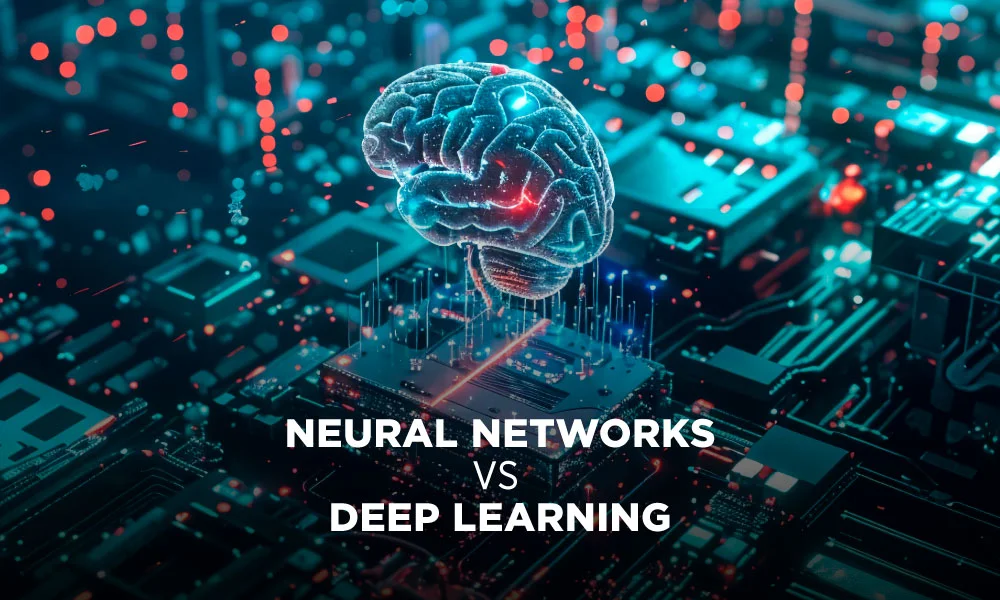With widespread digitalization, there has been a threat of disseminating fake content over the internet in recent years. It has become a significant challenge for many real-world applications and social media platforms. Fake images and videos are created that mimic real faces. Thus, differentiating between counterfeit and factual content has become a job in today's online world.
One such emerging technology is deepfake, which can create hyperrealistic images that cannot be captured easily by human eyes and appear realistic. This technology relies on AI and forms of deep learning and machine learning. It is also essential to detect deepfakes to avoid incoming challenges. Fortunately, with rapid advancements, AI can be used to detect deepfakes. In this article, we'll highlight the role of AI in Detecting Deepfake detection.
The Emergence of Deepfakes
Deepfakes first emerged in 2017; since then, they have been used for various purposes, including harmless fun and entertainment and malicious purposes, fraud, or spreading misinformation. Deepfakes use deep learning algorithms to create fake digital content, including images, videos, and indistinguishable voices from the original ones. Face swapping is the most common technique for creating deepfakes using AI/ML technology.
The Threats Caused Due to Deepfakes
Deepfakes and the utilization of synthetic content generated using AI present a high threat to different domains. The impact is vast, ranging from societal to national security, law, and finance. To overcome the current threat landscape caused by deepfakes, we must closely understand the alarming actors, victims, and technology.
An example is a random video that could be created of an actor saying something they never said or did. Similarly, deepfakes also lead to fraud or cybercrimes.
How can AI Help to Combat Deepfake Threats?
To combat threats caused by deepfakes, scientists and researchers have begun using AI algorithms. These algorithms can find inconsistencies that humans might miss.
AI in Finding Misinformation
AI is one of the most powerful tools for identifying false information generated through different mediums. AI systems can be trained to detect misinformation by understanding the structure of the content, tracking patterns, and more.
Deepfake Detection Using Convolutional Neural Network
Another approach to deepfake detection is using a convolutional neural network (CNN), a deep learning model that helps visualize data. CNN can be trained to differentiate between real and fake images or videos. They are also used for facial recognition and movement tracking.
Learning and Adaption
AI is a significant weapon in combatting deepfakes due to its ability to learn and adapt. As deepfake technology constantly evolves, so are the AI algorithms designed to detect it. The point is that AI can adjust according to changing deepfake scenarios.
AI in Biometric Authentication
Biometric authentication is the most critical aspect of verifying a person's identity. Fortunately, AI algorithms confirm a person's identity based on unique physical characteristics such as voice, fingerprint, facial features, and facial expressions. Moreover, with the rise of deepfakes, biometric systems should be more intelligent and robust. One of the noteworthy points is that an AI-driven biometric system can be used to detect even some of the small details such as micro-movements, skin texture, and more.
Use of Recurrent Neural Network (RNN)
Determining manipulated media becomes challenging for humans. RNN, a type of deep learning model, can detect audio in the video and detect signs of manipulation that might indicate a deepfake.
Standard Methods to Detecting Deepfakes
The following are some of the methods for detecting deepfakes.
- No blinking in the videos
- Unnatural facial movement
- Videos that don't look real when zoomed
Also, there are some popular deepfake detector tools that you can use:
- Deepwater Scanner
- Sentinel AI
- Sensity
- WeVerify
Conclusion
As deepfake has become more prevalent, so has the role of artificial intelligence (AI) in detecting these images. AI is a new and game-changing step in innovation and has applications in every sector.
Just as the way AI is used to create deepfakes, it also holds the potential to detect them and combat the negative results of deepfake technology. Yet, deepfakes are increasing day by day. Thus, the urge to detect and mitigate the risks associated with the same is crucial to creating a safe digital environment.
Read More:
Creating Deepfake Techniques and Tools

